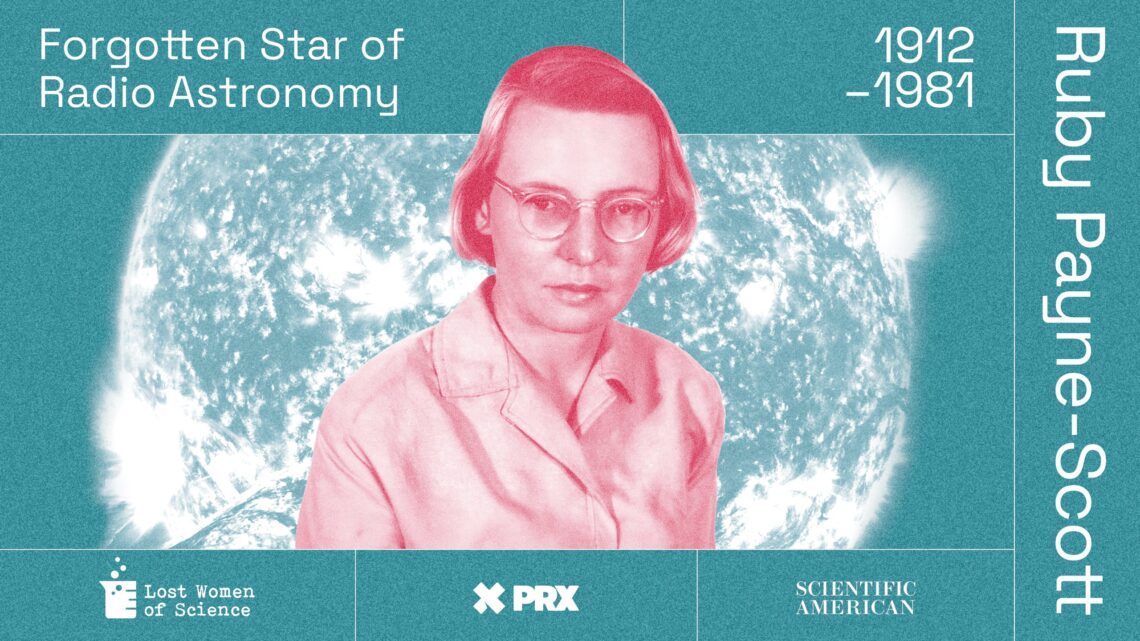Australian physicist Ruby Payne-Scott helped lay the groundwork for a whole new kind of astronomy: radio astronomy. By scanning the skies for radio waves instead of the light waves that we can see with our eyes, Payne-Scott and her colleagues opened a new window into the universe and transformed the way we explore it. But to keep her job as a woman working for the Australian government in the 1940s, Payne-Scott had to keep a pretty big secret.
LISTEN TO THE PODCAST
On supporting science journalism
If you’re enjoying this article, consider supporting our award-winning journalism by subscribing. By purchasing a subscription you are helping to ensure the future of impactful stories about the discoveries and ideas shaping our world today.
[New to this season of Lost Women of Science? Listen to the most recent episodes on Sallie Pero Mead, Vera Peters, Annie Montague Alexander, Emma Unson Rotor, Mária Telkes, Flemmie Kittrell, Rebecca Lee Crumpler and Eunice Newton Foote.]
Lost Women of Science is produced for the ear. Where possible, we recommend listening to the audio for the most accurate representation of what was said.
EPISODE TRANSCRIPT
Carol Sutton Lewis: In a career that lasted just six years, an Australian physicist named Ruby Payne-Scott helped lay the groundwork for a whole new type of astronomy—but to keep her job, she had to keep a pretty big secret. Samia Bouzid brings us this story.
Samia Bouzid: In early February 1946, the sun let loose an enormous solar flare, sending an invisible burst of radio waves sweeping over the planet for days. It twisted the dials on ships’ compasses, sent random ghostwritten messages through teletype machines, and blacked out radio communications between the U.S. and Europe.
For lots of people, it was a disaster. But for a team of physicists on the Australian coast…
Miller Goss: A miracle occurred.
Samia Bouzid: Radio astronomer, Miller Goss.
Miller Goss: The largest sunspot in the modern era began on the sun….
Read the full article here







